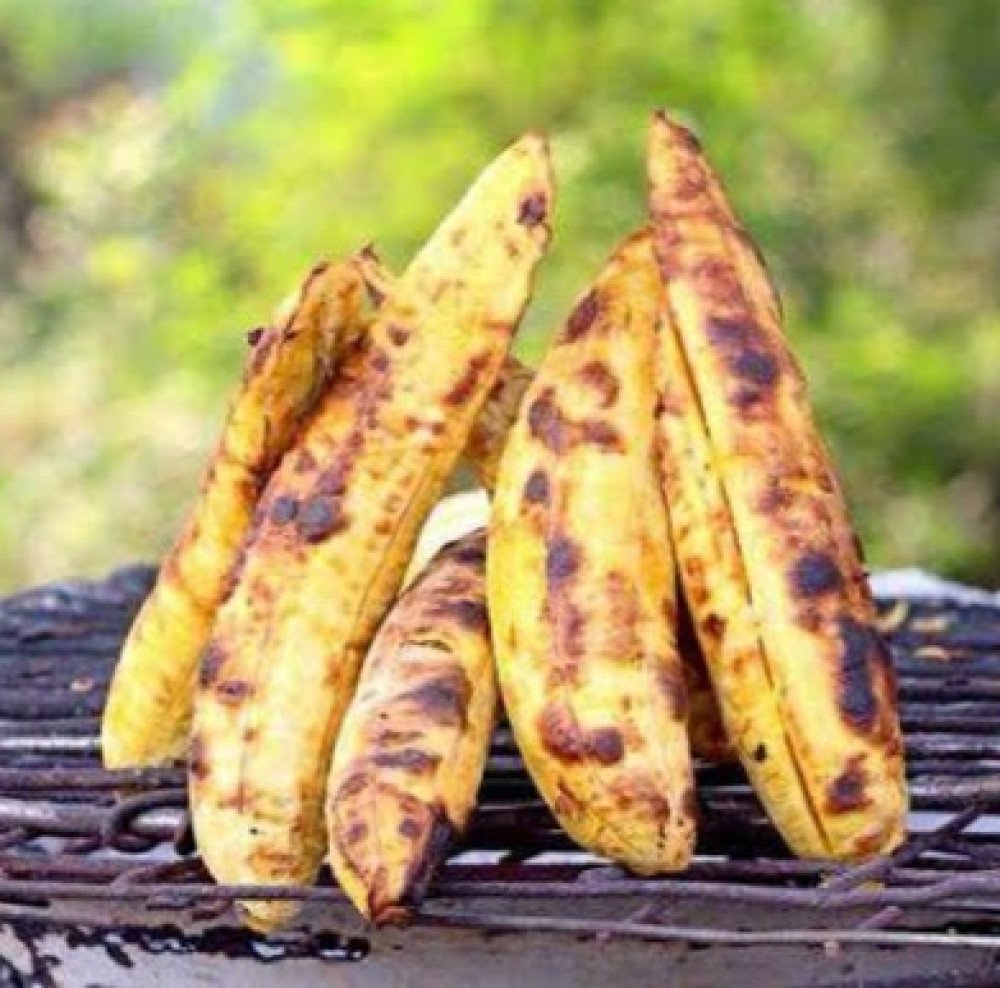What is your go-to comfort food? Is it a dish passed down through generations, brimming with cultural significance? Or is it a modern adaptation, crafted to suit today’s lifestyles? In Africa, comfort foods are more than just meals, they are a bridge between past and present, connecting us to our roots while evolving with the times. Join us as we explore how traditional African comfort foods and their modern counterparts coexist, offering us the best of both worlds.
Traditional Comfort Foods: Stories on a Plate
Before colonial influences and globalization, African comfort foods were deeply intertwined with cultural practices, seasonal availability, and communal life. These dishes offered not just nourishment but a sense of identity and belonging to our ancestors.
1. Millet and Sorghum Porridge
- Regions: East Africa, West Africa, Southern Africa.
- Why Comforting: Known as ugali, tuwo, or sadza depending on the region, these porridges were staples at family meals. Their warm, thick texture provided sustenance and comfort, especially during communal gatherings.
- Cultural Significance: Often served with vegetables or meat, these porridges were part of rituals, from harvest festivals to rites of passage.
2. Yams and Plantains
- Regions: West Africa.
- Why Comforting: Whether roasted, boiled, or mashed into fufu, yams and plantains were simple yet satisfying. They symbolized abundance and were central to the New Yam Festival, a celebration of harvest and gratitude.
3. Game Meat and Fresh Fish
- Regions: Across the continent, particularly in Central and Southern Africa.
- Why Comforting: Dishes like grilled antelope or fish stews were not just meals but part of communal feasts after successful hunts or fishing expeditions, fostering a sense of unity and celebration.
4. Baobab and Tamarind Treats
- Regions: Widespread across Africa.
- Why Comforting: The natural sweetness of these fruits offered a refreshing break, often reminding people of carefree childhood days.
5. Couscous and Stews
- Regions: North Africa.
- Why Comforting: Steamed couscous with aromatic lamb and vegetable stews was more than food; it was a ritual of hospitality, shared during family gatherings and celebrations.
Modern Comfort Foods: Innovation on a Plate
As Africa’s culinary landscape's evolved, new ingredients and techniques brought modern comfort foods to the forefront. These dishes, while contemporary, maintain the heart and soul of African cooking.
1. Jollof Rice
- Regions: West Africa.
- Why Comforting: With its vibrant flavors and adaptability, Jollof Rice has become synonymous with celebrations. It’s a dish that sparks joy, pride, and even friendly rivalries among nations.
2. Poulet Moambé
- Regions: Central Africa.
- Why Comforting: This rich chicken stew, made with peanut paste and palm butter, has adapted over time but remains a go-to dish for family dinners and special occasions.
3. Bobotie
- Regions: Southern Africa.
- Why Comforting: A blend of minced meat, spices, and creamy custard, Bobotie reflects South Africa’s diverse culinary heritage while serving as a hearty meal for cold evenings.
4. Urban Street Foods
- Examples: Samosas, grilled suya, or fried plantains.
- Why Comforting: These foods, often found in bustling city markets, bring a modern twist to traditional ingredients, offering convenience without sacrificing flavor.
Where Tradition and Modernity Meet
Comfort foods in Africa are not a battle between old and new but a harmonious coexistence. Traditional dishes remind us of where we come from, grounding us in cultural roots and values. Modern adaptations, on the other hand, show how African cuisine has embraced change, staying relevant in a fast-paced world.
For example:
- Millet porridge ~ can be enriched with modern flavors like honey or nuts, making it appealing to younger generations.
- Jollof Rice ~ can be paired with traditional sides like plantains or modern proteins like grilled salmon.
- Baobab fruit ~ can transform into smoothies, desserts, or energy bars, blending tradition with wellness trends.
The Emotional Power of Comfort Foods
Whether it’s a steaming bowl of traditional yam porridge or a plate of spicy Jollof Rice, comfort foods tap into something universal: the need for connection. They tell stories, evoke memories, and create moments of joy.
In Africa, these foods serve as a reminder that the past and present can coexist beautifully. They invite us to savor the richness of our heritage while celebrating the innovations that keep our culinary traditions alive.
What’s Your Comfort Food Story?
Are you team traditional, modern, or both? Share your favorite comfort food in the comments and let us celebrate the diverse flavors of Africa together. From the timeless warmth of millet porridge to the bold spice of Jollof Rice, there’s room for every dish at the table.



Add your reply
Replies